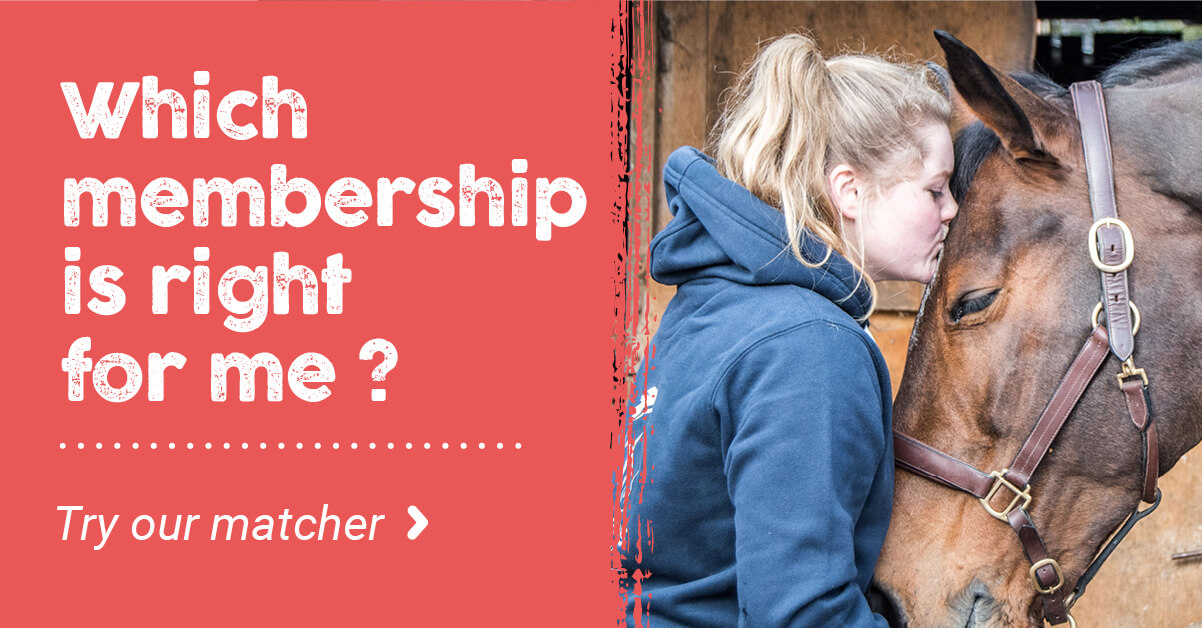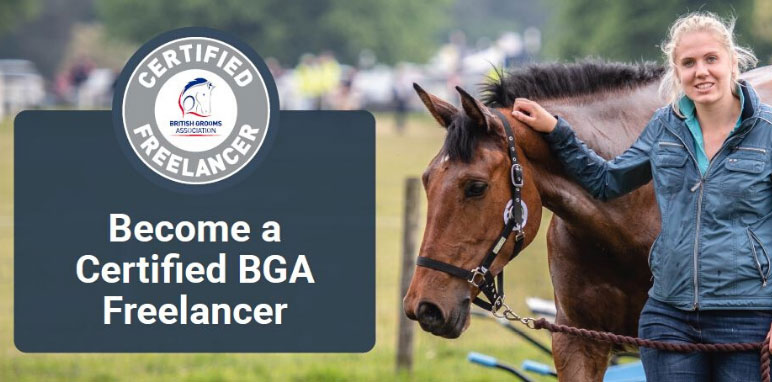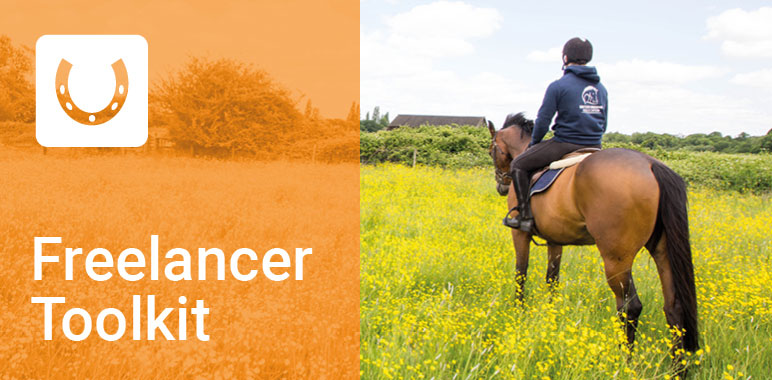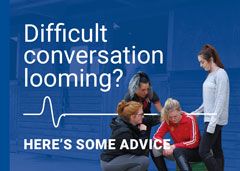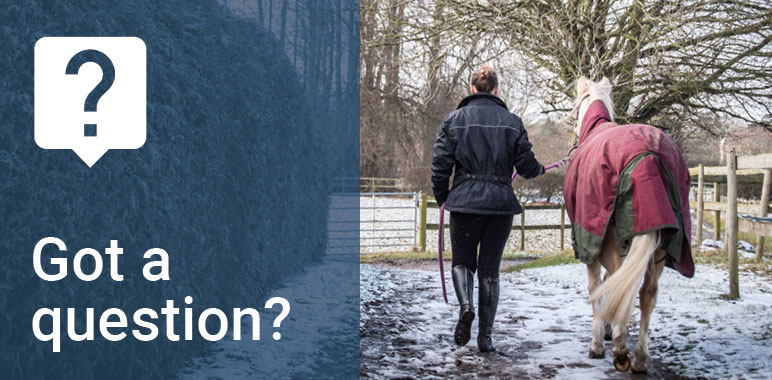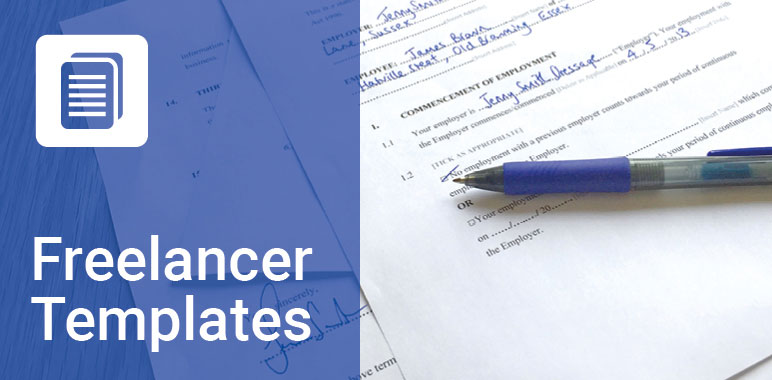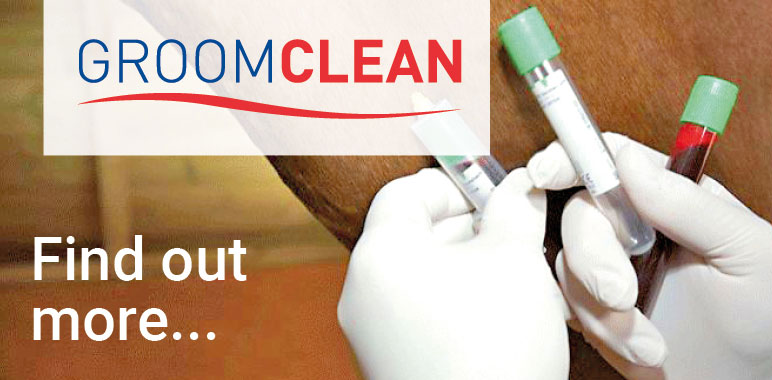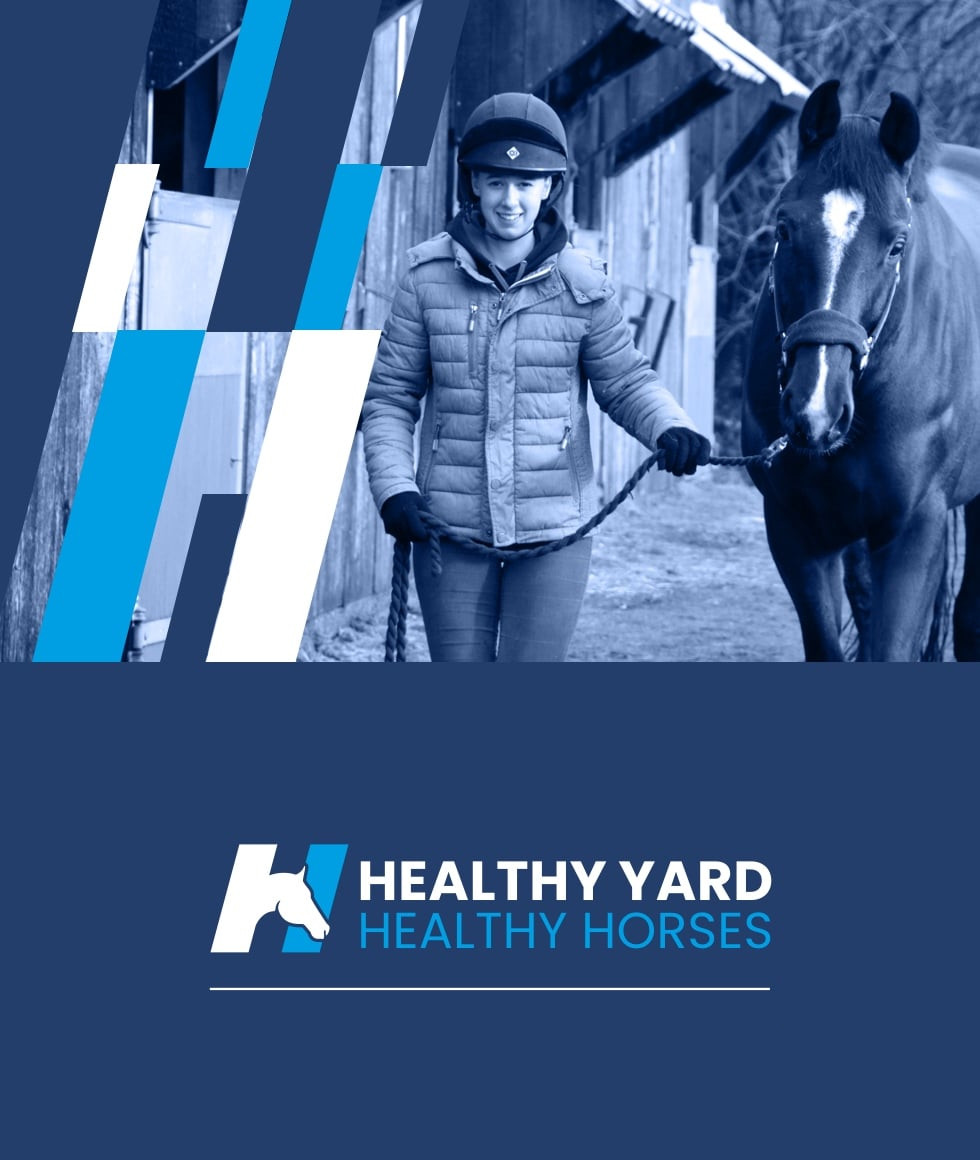- Join Now
- Login
- Member Zone
- Your Career
- Freelancing
- International Grooms Association
- BGA Training
- Healthy Yard Healthy Horses
- Transporting horses
- Brexit
- Safe workplace
- Student Zone
- Member Discounts
- BG Magazine
- Member services
- My employment
- Am I employed correctly
- Grooms Minds
- Safeguarding
- Legal Helpline
- BGA guide to the National Minimum Wage
- Training & Careers
- BGA CV Creator
- Horse groom training
- Where to Train
- BGA E Learning
- Career choices
- Change to Racing
- First Aid training for grooms
- Parents
- Grooms Jobs
- Grooms Life
- About
- News
- Contact

'Perfect storm' has heightened Atypical Myopathy
27th September 2018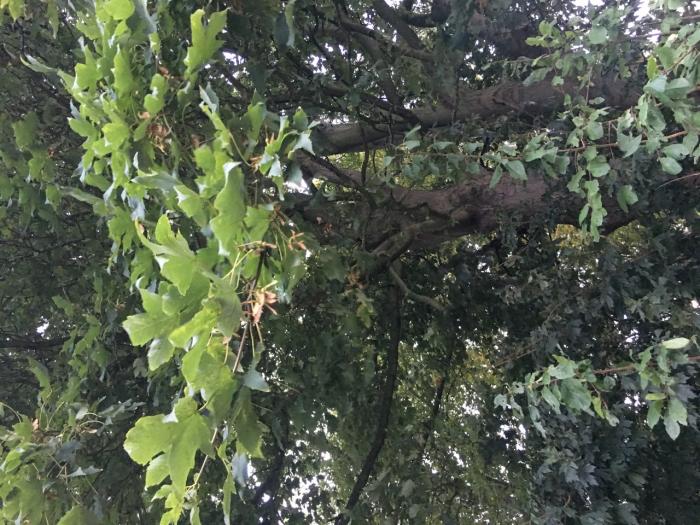
Bare pastures and potential hay shortages, coupled with early transatlantic storms blowing seeds from laden sycamore trees, have created the ‘perfect storm’ to increase the risks of atypical myopathy for grazing horses, warns the British Equine Veterinary Association (BEVA).
Experts are advising horse owners and grooms to take steps now to minimise the risks of this fatal disease.
Atypical myopathy, as a sudden onset of muscle disease has been recognised in horses for over 60 years but its cause, the toxin hypoglyxin A, was not identified until 2013. In the UK, the most common source of the toxin is now known to be the Sycamore tree (Acer pseudoplatanus), a member of the maple tree family.
The Box Elder (Acer negundo) is the most common tree to cause the disease in North America. Both trees share the typical helicopter shaped fruit that help to distribute their seeds over long distances, typically several hundred metres, but reportedly up to 4km. The high winds we are experiencing early this autumn can result in greater spread of seeds for the simple reason that they have yet to fall naturally and the high winds will bring down large numbers of seeds over a short duration of time.
“Horses do not typically choose to eat sycamore seeds, however when pastures are bare, there is a greater tendency for them to be ingested as horses are foraging for every last blade of grass,” explains BEVA member Adam Redpath, a member of the team of equine medicine experts working at Nottingham Vet School, who is particularly concerned about the combined disease threats that present this year.
A range of factors affect the amount of toxin in sycamore seeds, meaning the 'toxic dose' can vary from less than 100 to several thousand single seeds. Given that each tree can shed over 20,000 fruit, each with two seeds, the amount on pasture can be considerable. In the spring, seedlings represent a risk to horses and can affect hay made from contaminated pasture. Seedlings at the edge of watercourses can also contaminate water supplies, especially when trampled as horses walk across them.
BEVA is urging horse owners to take early steps to prevent the disease by limiting access to sycamore seeds:
Identify trees both around grazed fields as well as those in close proximity. Trees are often easiest to identify in the summer when in full leaf, rather than in the autumn, when leaves have largely fallen. The characteristic maple leaf shape is easy to spot, although if in doubt a test is available from the Royal Veterinary College as a result of work funded by The Horse Trust.
Collect seeds or exclude horses from affected areas using electric fencing or stabling.
Feed supplementary hay to try and prevent horses from excessive foraging for short blades of grass and inadvertent ingestion of seeds. But ensure that hay does not become contaminated by seeds.
Don’t rashly fell trees when laden with seeds as this can cause a sudden and massive contamination of the pasture. Consider local regulations, tree protection orders and tree ownership if felling is the only option.
Monitor horses carefully even after they have been moved from affected pasture as disease can occur up to four days after exposure.
The clinical signs of atypical myopathy vary considerably. Most consistent is the passing of dark brown urine (myoglobinuria) as a result of muscle breakdown. Horses usually become weak and reluctant to move and may lay down, but usually have a normal or increased appetite. In the most severe case the horse will develop very severe colic-like signs as a result of significant pain. In some horses the severity of muscle pain leads to euthanasia on welfare grounds.
These signs occur as a result of the active toxin which prevents muscles from undergoing normal energy metabolism. It can affect all muscles in the body including the respiratory muscles and heart.
“Early veterinary intervention is essential to achieve a favourable outcome,” explains Adam. You should contact your vet immediately if you spot any of the signs. Check your fields for sycamore seeds as this will help your vet to make a rapid diagnosis. Specific blood tests have been developed to both measure exposure to the toxin and to make a diagnosis, thanks to research funding from The Horse Trust.”
For tree identification see http://www.tree-guide.com/
What the personal accident policy covers you for:
- Whilst at work
- All stable duties – mucking out, grooming, washing off, turning out
- Clipping
- Riding – including hacking and jumping
- Hunting
- Lunging
- Breaking in
- Holding horse for a vet and other procedures
- Travelling horses both in the UK and abroad
- Competing in line with your job including: jumping, dressage, eventing
- Injuries that may happen to you whilst you are teaching - but you must also be grooming as part of your duties and not be a sole instructor
What the personal accident policy doesn’t cover you for:
- Riding in a race, point to point or team chase
- Stunt Riding
- Accidents occurring whilst travelling to and from work
- Riding and competing your own horse (but you can upgrade when applying for membership to include this)
- Public Liability – this is a separate insurance policy - the Freelance Groom Liability Insurance
- Care Custody and Control – this is a separate policy - the Freelance Groom Liability Insurance
If you require additional cover then please contact KBIS directly.
| GROOM | RIDER | EMPLOYER | |
|
When you are working for other people you do most of the following; muck out, turn out/catch in, tack up, groom horses, exercise Horses (including hacking, jumping and schooling), in the care of your employer/client. |
|
|
|
| Predominantly ride horses for other people including schooling, exercising and competing. | NO |
YES |
YES |
| Provide grooming services for someone else either full time or on a freelance basis i.e. an employer or a client. | YES |
NO |
NO |
| Employ staff – have an employers liability policy in your name | NO | NO | YES |
| Buy and sell horses | NO | YES | YES |


